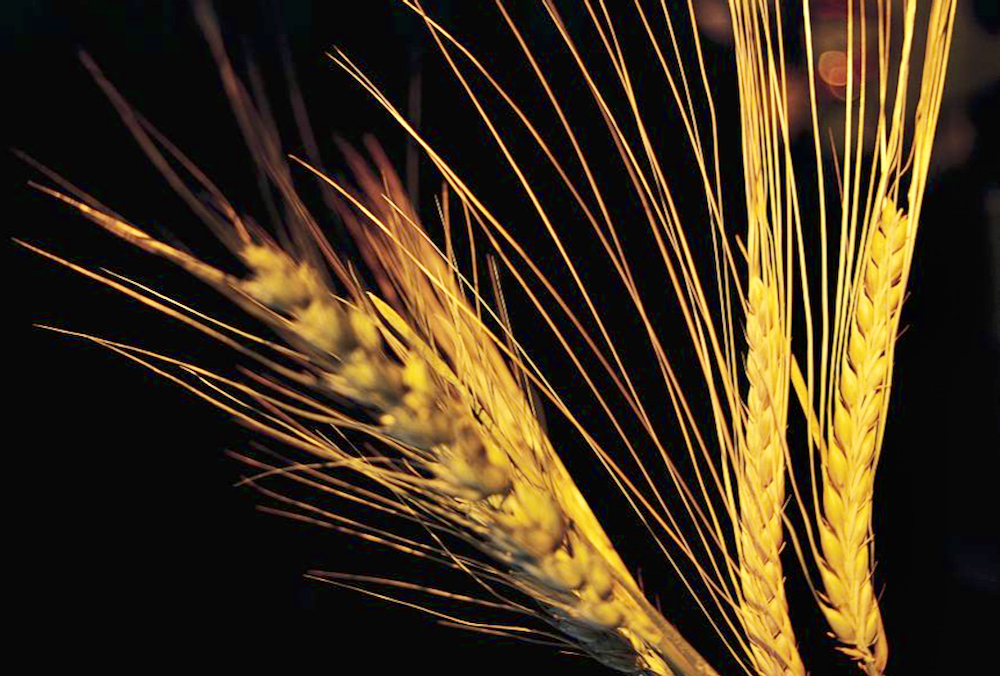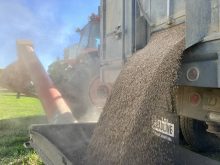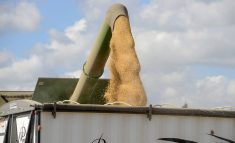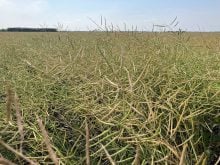Australia used China’s decision to drop anti-dumping tariffs on its barley imports to call for the end to all remaining trade restrictions, led by barriers against Australian wine, as commercial ties between the two trading partners edge toward normalization.
China’s Ministry of Commerce said Aug. 4 that anti-dumping and anti-subsidy tariffs on Australian barley would end the following day, roughly three years after the 80.5 per cent duties first cut off what was once as much as a C$1.32-billion annual trade and led Australia to file dispute at the World Trade Organization.
The barley decision follows resumption of trade in products like coal and timber and puts a spotlight on the few remaining Australian products restricted by China, including wine, which also faces tariffs, and unofficial restrictions on lobster and meat exports from certain abattoirs.
Read Also
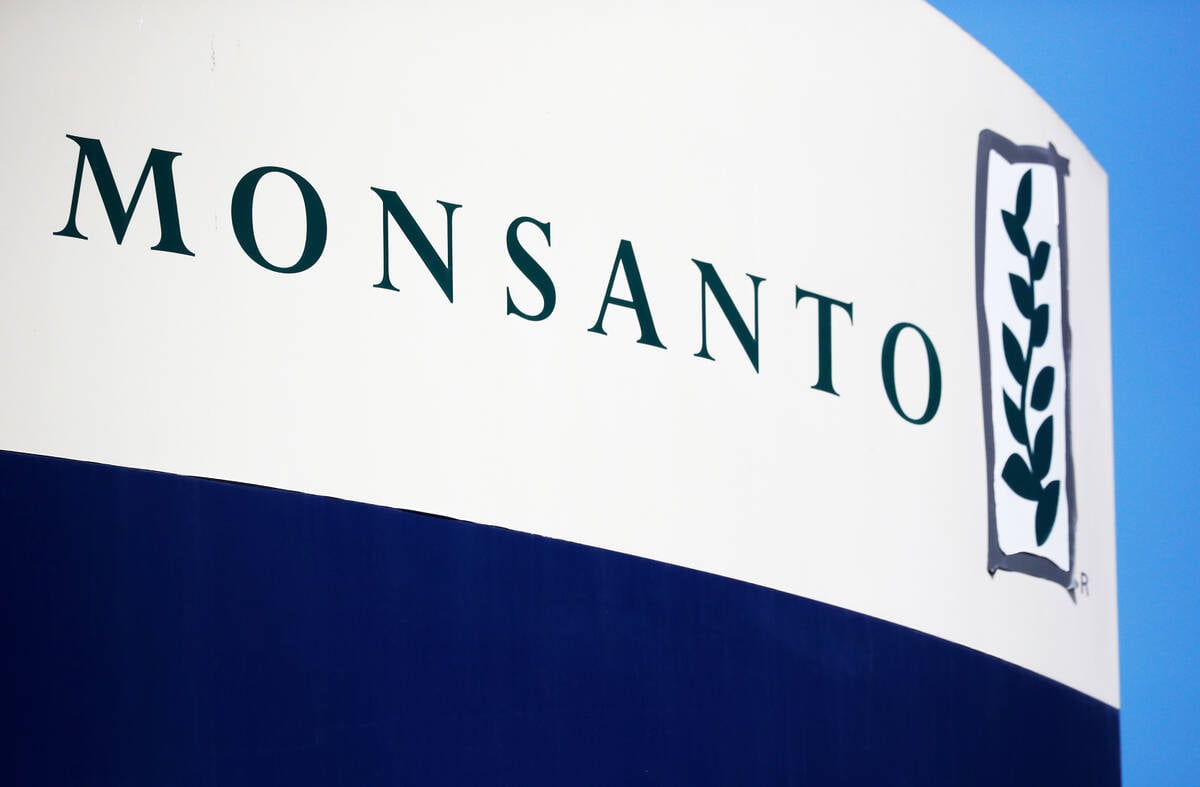
Journal pulls long-cited glyphosate study for ethics violations
The journal Regulatory Toxicology and Pharmacology has retracted a 2000 Monsanto-linked glyphosate review, drawing new scrutiny as Bayer faces mounting legal pressure.
Australian Trade Minister Don Farrell said Aug. 4 that Chinese restrictions, which had affected roughly $17.62 billion of annual trade as of last May, had shrunk to hit about $1.76 billion of exports.
“We intend to use this process [barley] as a template for resolving the issue in respect of wine, which is still ongoing … as we seek to resolve all of those outstanding issues,” Farrell said.
Relations between the two major commodity trade partners had deteriorated in 2020 after Australia called for an inquiry into the origins of COVID-19, triggering reprisals by Beijing.
Tensions have eased since the centre-left Labor party won power in Australia last year, with Chinese purchases of Australian coal and timber resuming this year.
Chinese buyers turned to Canada, France and Argentina to replace Australian barley supplies over the last three years, while Australian sellers shifted exports to feed barley markets in the Middle East.
Those trade flows are likely to shift again after China drops the tariffs, with its barley buyers expected to begin purchases of the new Australian crop harvested in October for arrival by year-end.
The barley decision also smooths the way for a potential trip to Beijing later this year by Australian Prime Minister Anthony Albanese, although no date has been set.
Australia’s wine trade with China was once worth $1.06 billion annually, according to industry group Australian Grape & Wine, whose CEO Lee McLean said the end of the barley tariffs was a positive step.
The Australian government said it would end its barley dispute at the WTO, but had not yet dropped a separate complaint against China’s tariffs of up to 218 per cent on Australian wine.
Barley market shifts
Rabobank senior grains analyst Dennis Voznesenski said the barley decision would be positive for Australian prices and farmers with malt quality barley were especially likely to attract a premium over recent prices.
“Market players who are going to be shipping barley to China may ask for a premium due to risks involved, as there are going to be some concerns if, for example, China goes back on its decision,” he said.
Grain Producers Australia CEO Colin Bettles welcomed the removal of tariffs, calling it a win for Chinese consumers and industry as well as local exporters.

